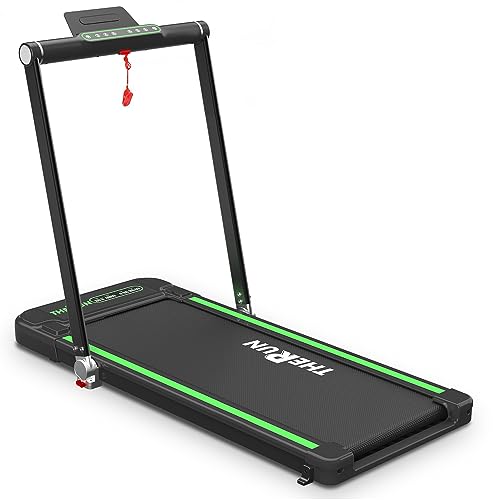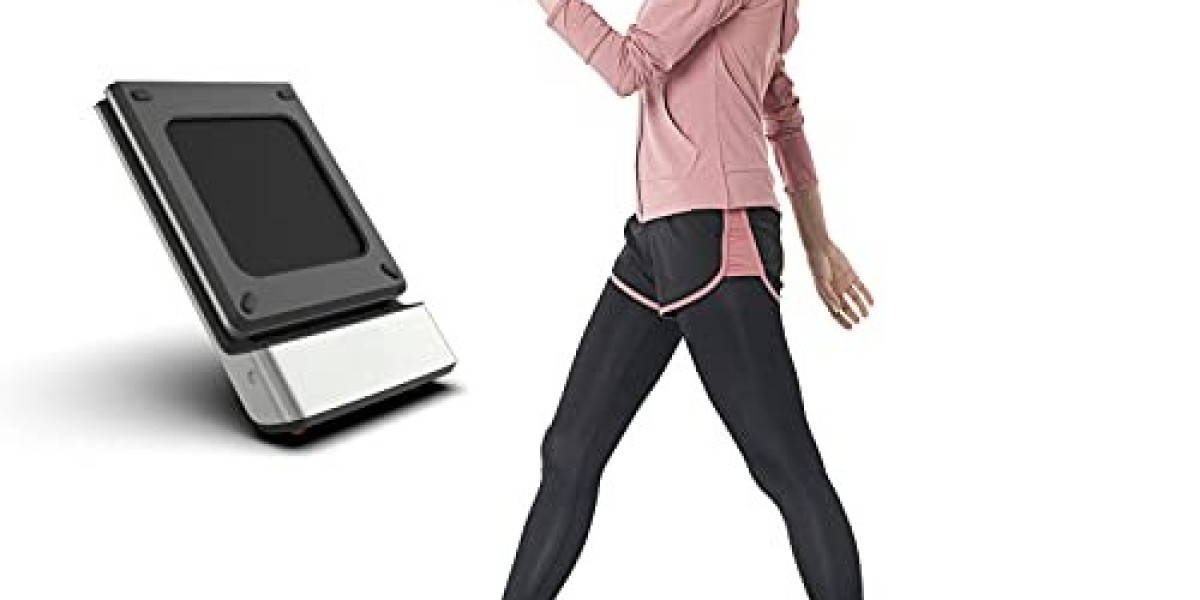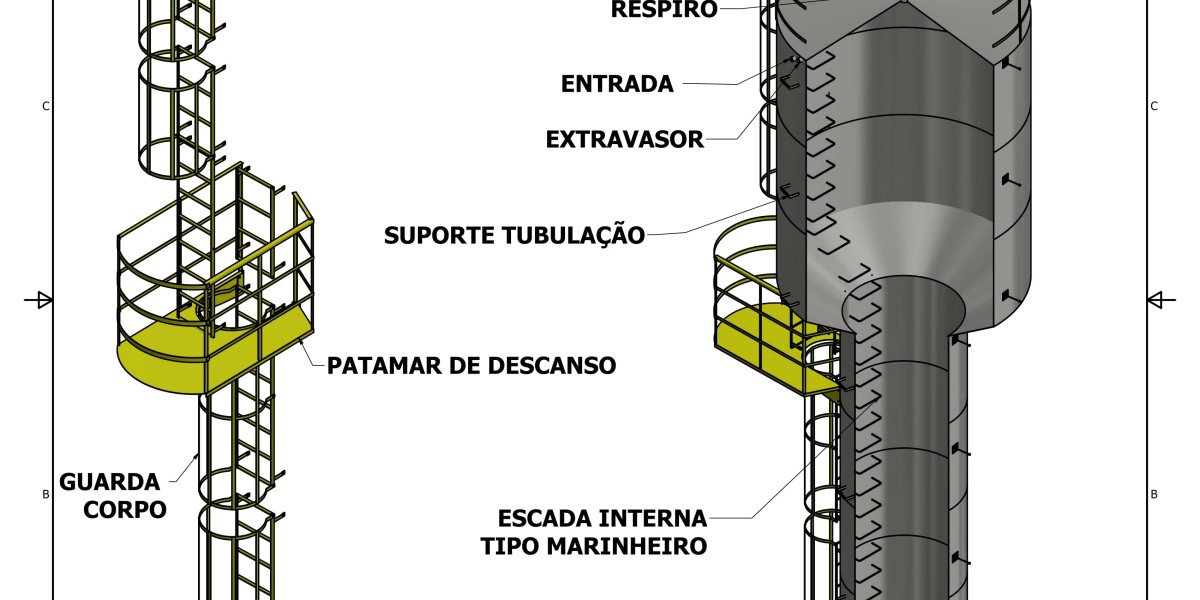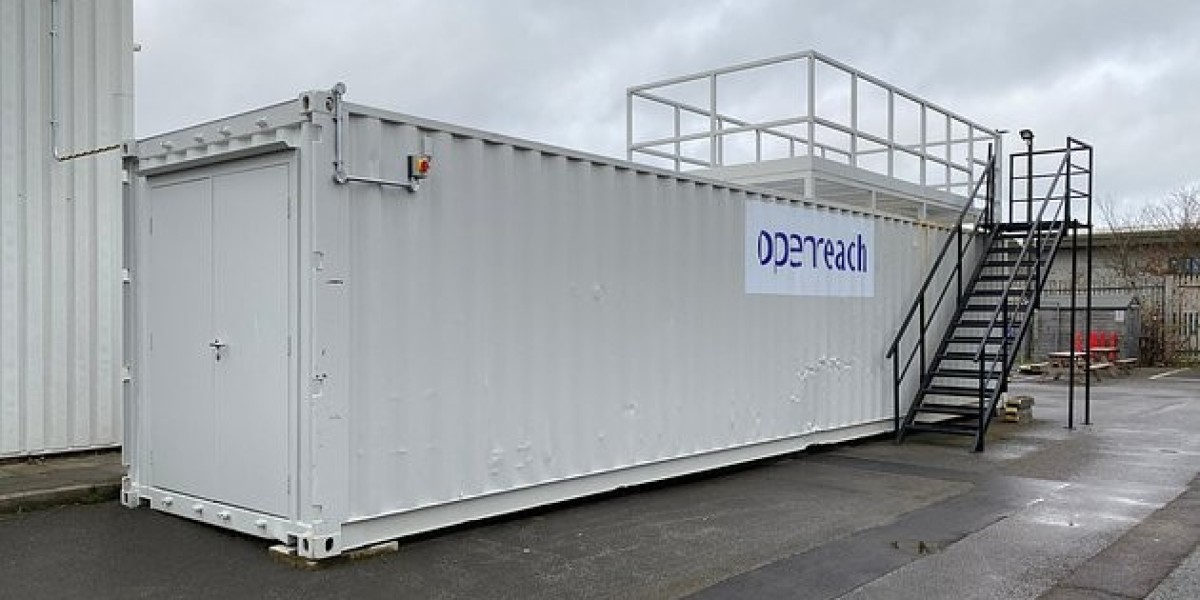
Treadmills have become a staple in modern fitness routines, offering a convenient and versatile way to maintain cardiovascular health and physical fitness. From their humble beginnings as a form of punishment to their current status as a sophisticated piece of exercise equipment, treadmills have come a long way. This article delves into the history, benefits, and various types of treadmills, providing a comprehensive guide for anyone interested in incorporating this versatile machine into their fitness regimen.

A Brief History of Treadmills
The concept of the treadmill dates back to the 19th century, but its original purpose was far from fitness. In the early 1800s, treadmills were used as a form of punishment in prisons, where inmates were forced to walk on large, manually operated treadwheels to grind grain or pump water. These early machines were brutal and often led to injuries, but they laid the groundwork for the modern treadmill.
The transition from punishment to fitness began in the mid-20th century. In the 1950s, Dr. Robert Bruce, a cardiologist at the University of Washington, began using treadmills to test the cardiovascular health of his patients. This marked the beginning of the treadmill's journey into the world of health and fitness. By the 1970s, treadmills had become a common sight in gyms and health clubs, and by the 1990s, they had made their way into homes as well.
Types of Treadmills
Today, treadmills come in a variety of types, each designed to meet specific needs and preferences. Here are some of the most common types:
Manual Treadmills
- Description: These treadmills do not have a motor and rely on the user's momentum to move the belt. They are generally less expensive and more portable than motorized treadmills.
- Best For: Beginners, those with limited space, and those looking for a budget-friendly option.
Motorized Treadmills
- Description: These treadmills have an electric motor that powers the belt, allowing for a more consistent and controlled workout. They often come with various features such as speed and incline adjustments, built-in programs, and heart rate monitors.
- Best For: Serious fitness enthusiasts, runners, and those who want a more comprehensive workout experience.
Commercial Treadmills
- Description: Built to withstand heavy use, commercial treadmills are designed for gyms and fitness centers. They are typically more robust and durable than home treadmills and often come with additional features.
- Best For: High-traffic environments, professional athletes, and those who require a high-performance machine.
Foldable Treadmills
- Description: These treadmills can be folded for easy storage, making them ideal for small spaces. They often come with motorized options and various features.
- Best For: Home users with limited space, travelers, and those who need a portable solution.
Outdoor Treadmills
- Description: Designed to simulate outdoor running, these treadmills often have features such as variable incline and resistance to mimic different terrains. Some models even come with built-in fans to simulate wind resistance.
- Best For: Runners who want to train indoors but still enjoy the feel of outdoor running.
Benefits of Using a Treadmill
Convenience
- Treadmills allow you to exercise anytime, regardless of weather conditions or time constraints. This makes it easier to maintain a consistent fitness routine.
Versatility
- With features such as speed and incline adjustments, treadmills can accommodate a wide range of exercises, from walking and jogging to high-intensity interval training (HIIT).
Safety
- Running on a treadmill is generally safer than running outdoors, as it reduces the risk of injuries from uneven surfaces, traffic, and other hazards.
Customization
- Many treadmills come with built-in programs and the ability to create custom workouts, allowing you to tailor your exercise routine to your specific goals.
Motivation
- The ability to track your progress, set goals, and receive feedback can be a significant motivator. Many treadmills also offer virtual running experiences and social features to keep you engaged.
Cardiovascular Health
- Regular use of a treadmill can improve cardiovascular health, lower blood pressure, and reduce the risk of heart disease.
Weight Management
- Treadmill workouts can help burn calories and support weight loss or weight maintenance goals.
Mental Health
- Exercise, including treadmill workouts, has been shown to reduce stress, anxiety, and depression, and improve overall mental well-being.
Tips for Using a Treadmill Safely and Effectively
Warm Up and Cool Down
- Always start with a 5-10 minute warm-up at a slow pace to prepare your muscles and joints. Similarly, cool down with a 5-10 minute walk to gradually lower your heart rate.
Maintain Proper Form
- Keep your head up, shoulders relaxed, and arms at your sides or swinging naturally. Avoid leaning forward or backward, as this can strain your back and neck.
Use the Safety Clip
- Most treadmills come with a safety clip that stops the machine if you fall. Always attach it to your clothing for added safety.
Start Slow and Gradually Increase Intensity
- If you are new to treadmill workouts, start with a slower pace and gradually increase the speed and incline as your fitness improves.
Stay Hydrated
- Keep a water bottle nearby and drink regularly to stay hydrated, especially during longer workouts.
Monitor Your Heart Rate
- Use the heart rate sensors on the treadmill or wear a heart rate monitor to ensure you are exercising within your target heart rate zone.
Mix Up Your Routine
- Vary your workouts to avoid plateaus and keep your routine interesting. Try different speeds, inclines, and programs.
FAQs About Treadmills
Q: How often should I use a treadmill for optimal results?
- A: Hometreadmills.uk For optimal results, aim to use a treadmill 3-5 times per week, with each session lasting 20-60 minutes. The frequency and duration can vary based on your fitness goals and current fitness level.
Q: Can I lose weight using a treadmill?
- A: Yes, treadmill workouts can be an effective way to burn calories and support weight loss. Combine regular treadmill use with a healthy diet and strength training for the best results.
Q: Are treadmills safe for people with knee problems?
- A: Treadmills can be safe for people with knee problems, but it's important to start with low-impact exercises and gradually increase intensity. Consult with a healthcare provider before starting a new exercise routine.
Q: How do I choose the right treadmill for my needs?
- A: Consider your fitness goals, budget, available space, and any specific features you need. Research different models and read reviews to find a treadmill that meets your requirements.
Q: Can I use a treadmill for strength training?
- A: While treadmills are primarily designed for cardiovascular exercise, you can incorporate strength training elements by using incline settings and interval training. However, for comprehensive strength training, consider using additional equipment such as weights or resistance bands.
Treadmills have evolved from a form of punishment to a versatile and essential tool for maintaining physical and mental health. Whether you are a beginner looking to start a fitness routine or a seasoned athlete training for a marathon, a treadmill can be a valuable addition to your exercise regimen. By understanding the different types of treadmills, their benefits, and how to use them safely and effectively, you can make the most of this powerful piece of equipment and achieve your fitness goals.







